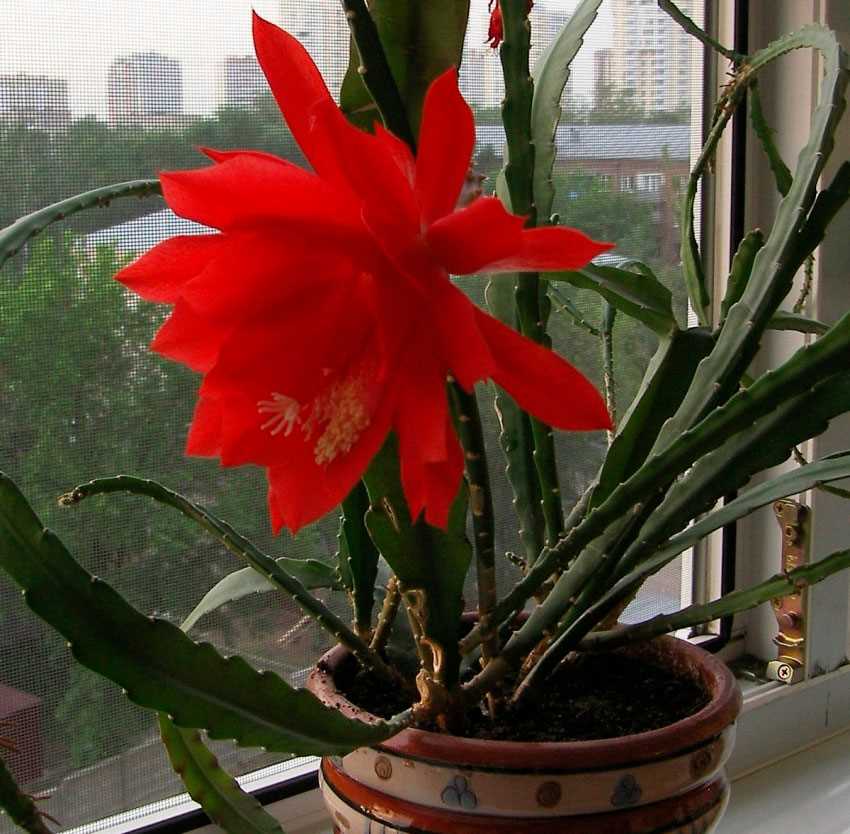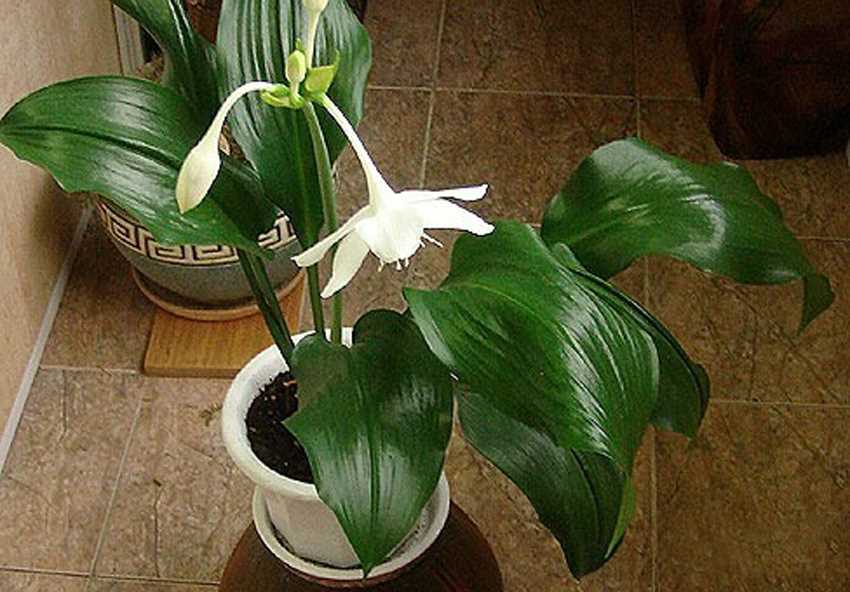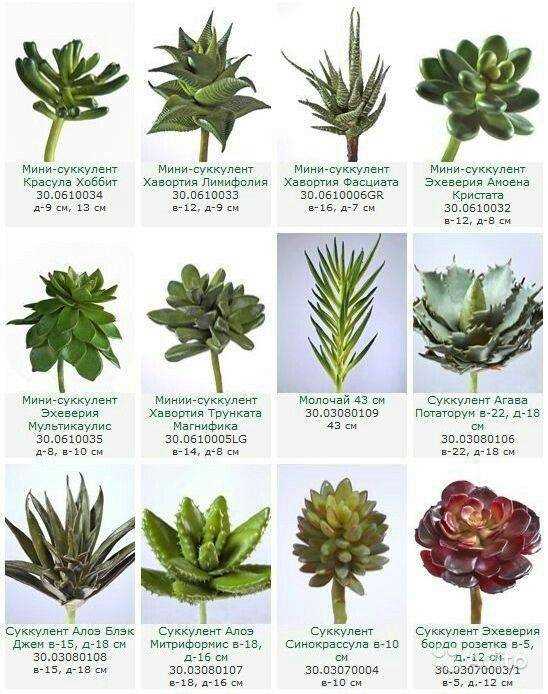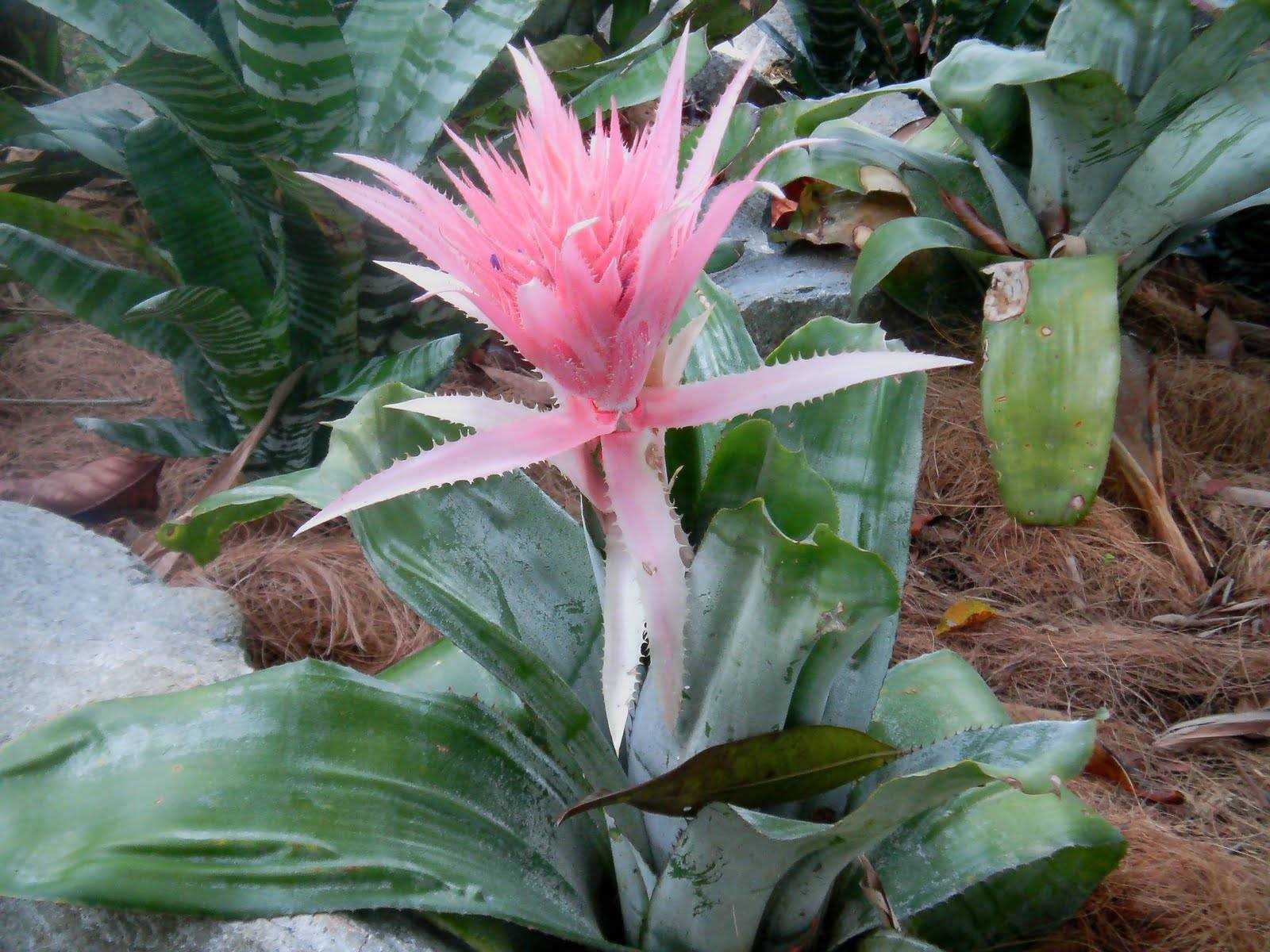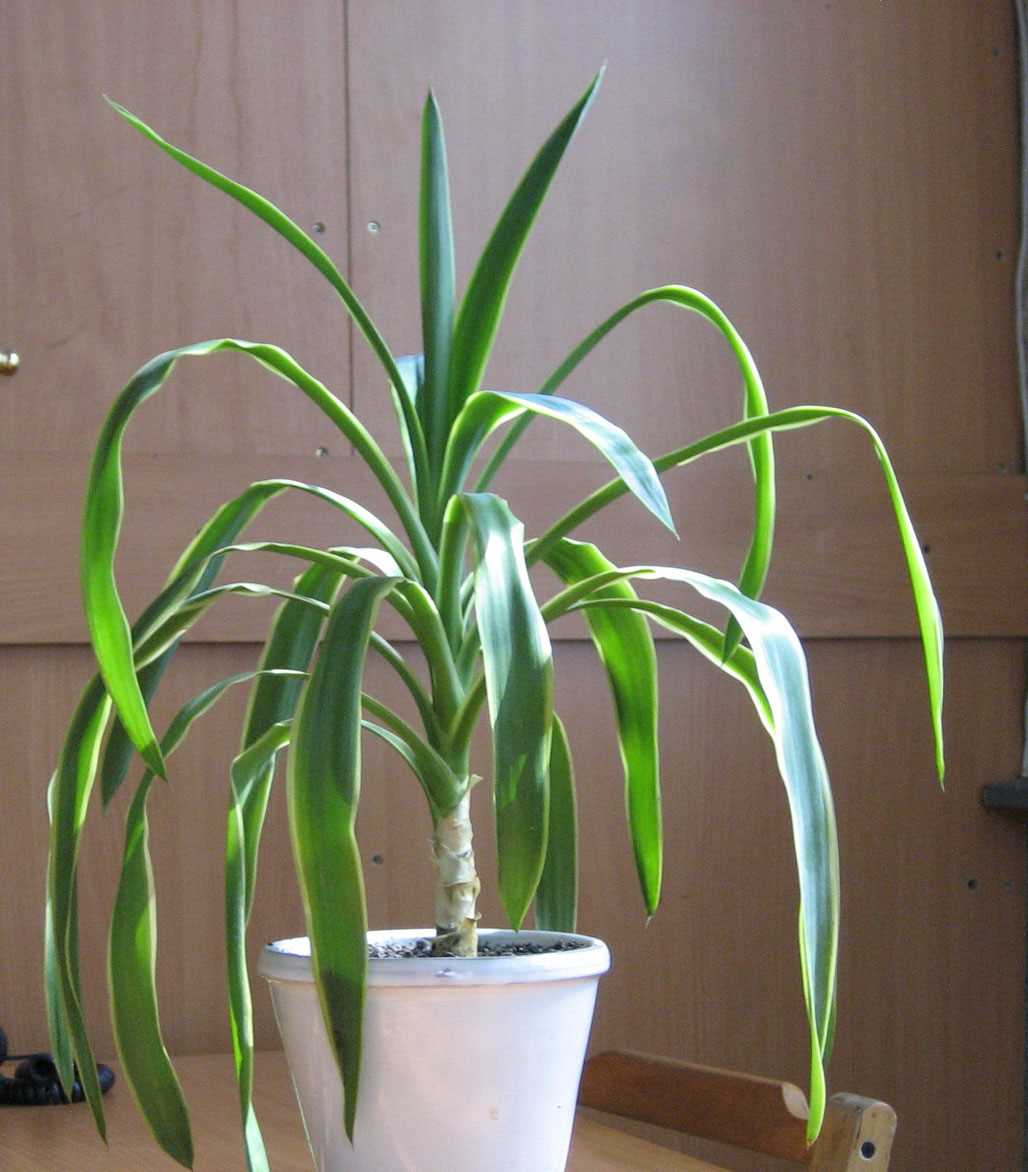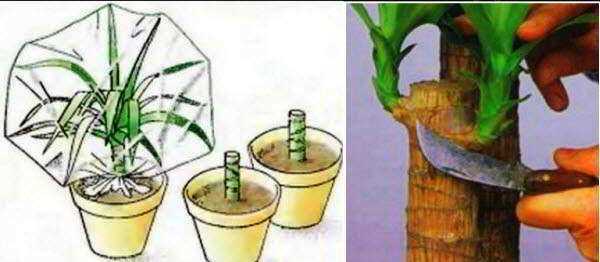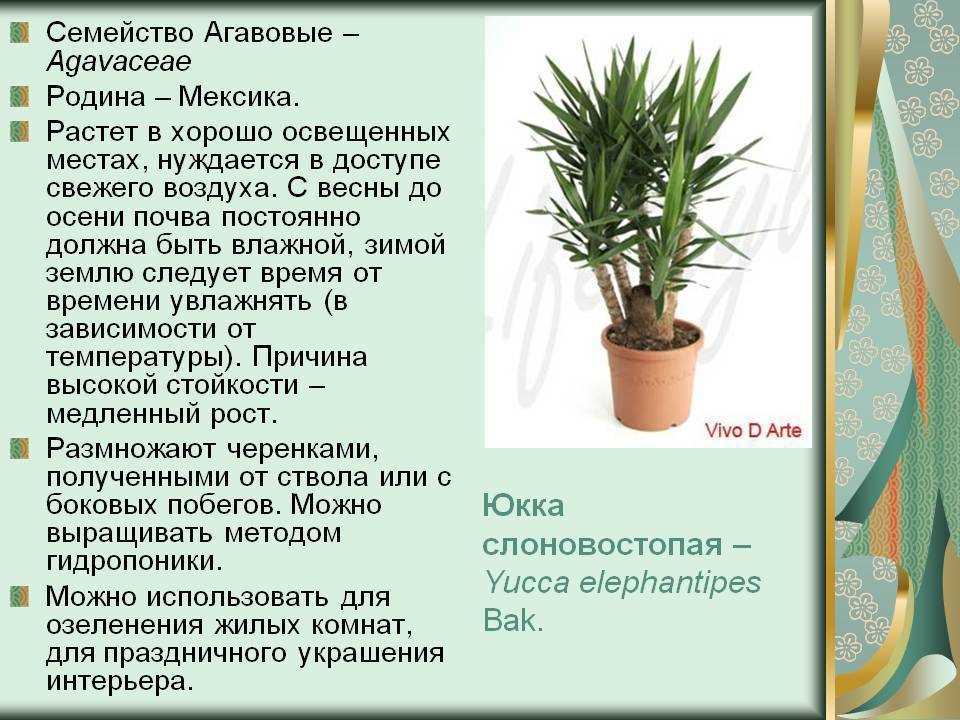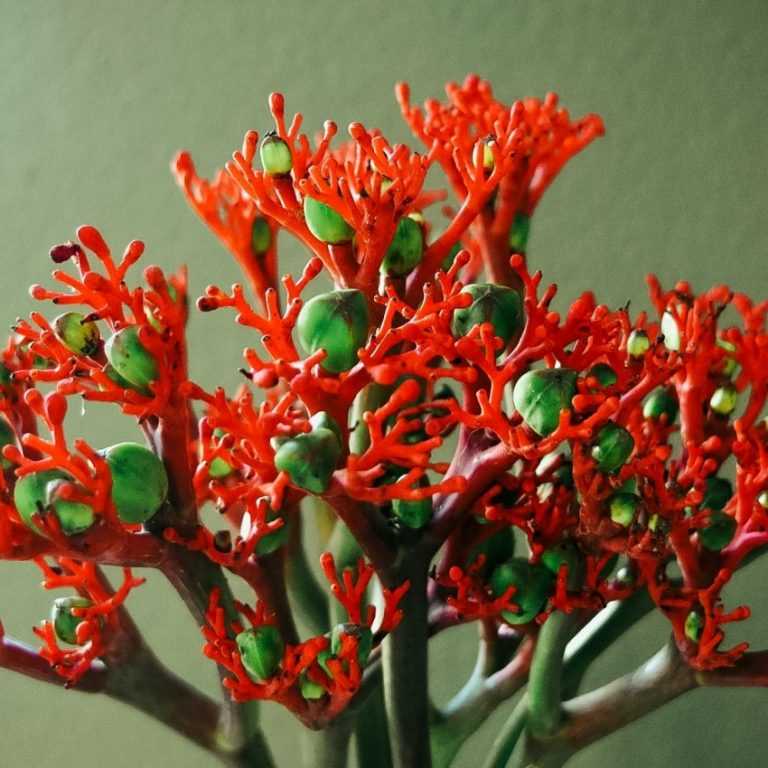- Выбор комнатных растений зимой
- Что нужно учитывать при выборе комнатных растений зимой?
- Как выбрать комнатные растения зимой?
- Растения, которые лучше всего чувствуют себя зимой
- 1. Кактусы
- 2. Фикус
- 3. Калатея
- Идеальная температура для комнатных растений зимой
- Необходимость освещения зимой
- Способы обеспечения необходимого освещения:
- Правильный полив комнатных растений зимой
- Как увлажнять воздух в комнате зимой
- Использование увлажнителей воздуха
- Натуральные способы увлажнения воздуха
- Как пересаживать комнатные растения зимой
- Уход за листьями комнатных растений зимой
- Контроль влажности воздуха
- Контроль полива
- Поддерживайте уровень освещения
- Как бороться с вредителями комнатных растений зимой
- Как бороться с тлей и паутинным клещом?
- Подкормка комнатных растений зимой
- Способы подкормки комнатных растений зимой:
- Профилактические меры зимнего ухода за растениями
- Проверка и подготовка почвы
- Контроль за температурой и освещением
- Регулярный полив и влажность воздуха
- Проверка наличия вредителей и болезней
- Основные ошибки при уходе за комнатными растениями зимой
- Вопрос-ответ:
- Какой режим температуры и освещения нужен для комнатных растений зимой?
- Как правильно поливать комнатные растения зимой?
Зимнее время – это период, когда комнатные растения нуждаются в особой заботе и внимании. Открывая окно на зимнюю погоду, вы впускаете в дом холод воздух, который может повлиять на комфорт и здоровье растений, особенно тех, которые предпочитают тепло. Удаленное от солнца зимнее светлое время также оказывает воздействие на растения и может вызвать их замедленный рост или даже заболевания. Поэтому особое внимание к деталям и дополнительное забота требуют растения, находящиеся внутри дома в зимнее время.
Важно помнить, что комнатные растения нуждаются в свете. Зима – это период когда дни становятся короче, и растения могут ощущать недостаток света, особенно если они находятся далеко от окна или на северной стороне дома, где света бывает меньше всего. Для поддержания нормального роста растениям требуется дополнительный источник света.
Низкая влажность – еще одна проблема, которую необходимо решить в зимний период. Зимний воздух в помещении часто оказывается слишком сухим, особенно при использовании отопления. Это может вызвать пересыхание земляного кома растений и повредить их листья. Чтобы решить эту проблему, можно использовать увлажнители воздуха или просто разместить растения на поддонах с мокрыми камнями или влажностью через умение установив горшки на деревянные доски с мокрыми губками или песком.
Выбор комнатных растений зимой
Каждая хозяйка стремится украсить свой дом зеленью комнатных растений, особенно в зимний период, когда отсутствие свежих цветов снаружи усиливает желание создать уют внутри. Однако следует помнить, что не все комнатные растения способны находиться в комфортных условиях в холодное время года. Поэтому важно правильно выбрать растения, которые смогут приспособиться к зимнему периоду и не понести вреда.
Что нужно учитывать при выборе комнатных растений зимой?
Во-первых, в зимний период в помещениях становится гораздо прохладнее, особенно рядом с окнами. Поэтому при выборе растений нужно обратить внимание на их холодостойкость. Хорошим выбором могут быть кактусы, суккуленты и толстянки, которые легко переносят низкие температуры.
Во-вторых, в зимнее время года дневное светлое время сокращается, поэтому растениям нужно обеспечить дополнительный источник света. Лучше всего подойдут растения, которым необходимо мало света, например, папоротники, сансевьерия или замиокулькас.
В-третьих, в зимний период в помещениях часто работает центральное отопление, что может вызывать сухой воздух. Растениям необходима влажность, поэтому желательно выбирать растения, которые не очень требовательны к воздуху и могут нормально функционировать в сухих условиях, например, кактусы или аспарагус.
Как выбрать комнатные растения зимой?
При выборе комнатных растений зимой необходимо обратить внимание на их внешний вид. Они должны быть здоровыми, без видимых признаков болезней или повреждений. Также следует проверить состояние корневой системы и убедиться, что она хорошо развита и не гнилая.
Кроме того, стоит ознакомиться с особенностями ухода за выбранными растениями: какое освещение, температура и влажность им необходимы. Таким образом, правильный выбор комнатных растений зимой позволит вам насладиться их зеленью и создать уютную атмосферу в вашем доме в холодное время года.
Растения, которые лучше всего чувствуют себя зимой
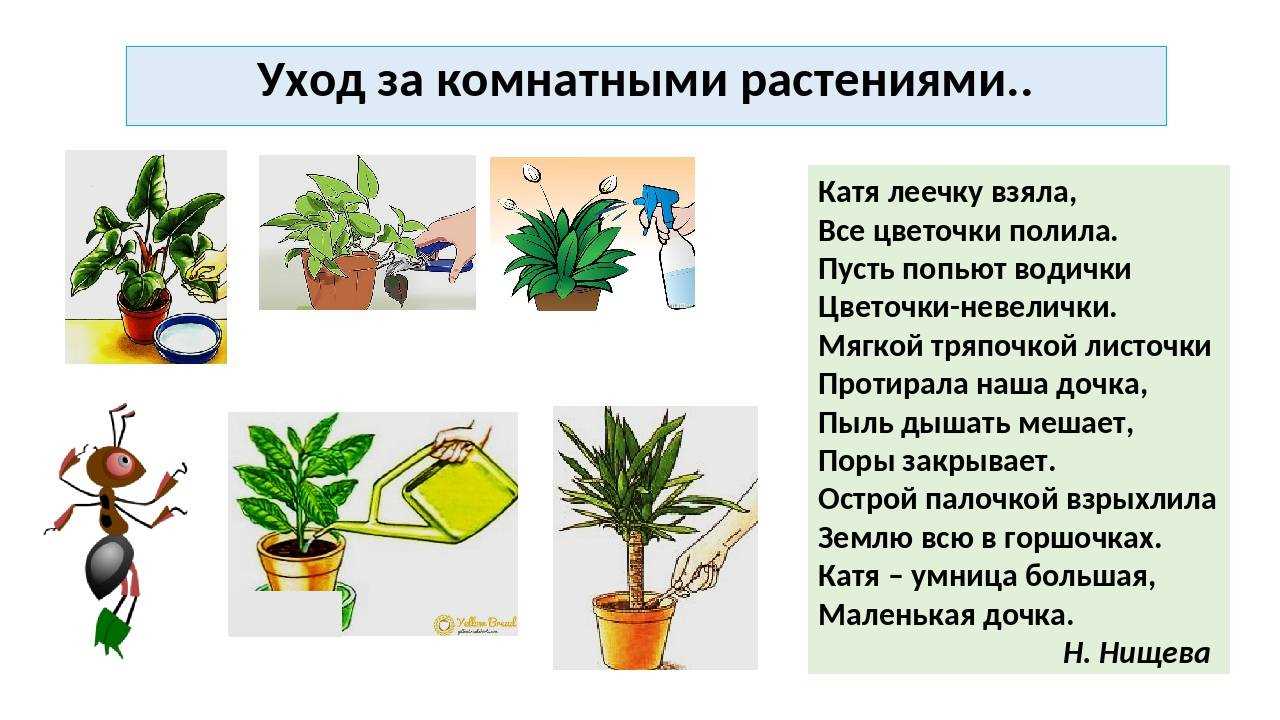
Зимний период является испытанием для многих комнатных растений, так как некоторые из них не могут выжить в холодных условиях. Однако, есть растения, которые прекрасно адаптируются к зимним условиям и даже могут процветать в этот период. Вот некоторые из них:
1. Кактусы
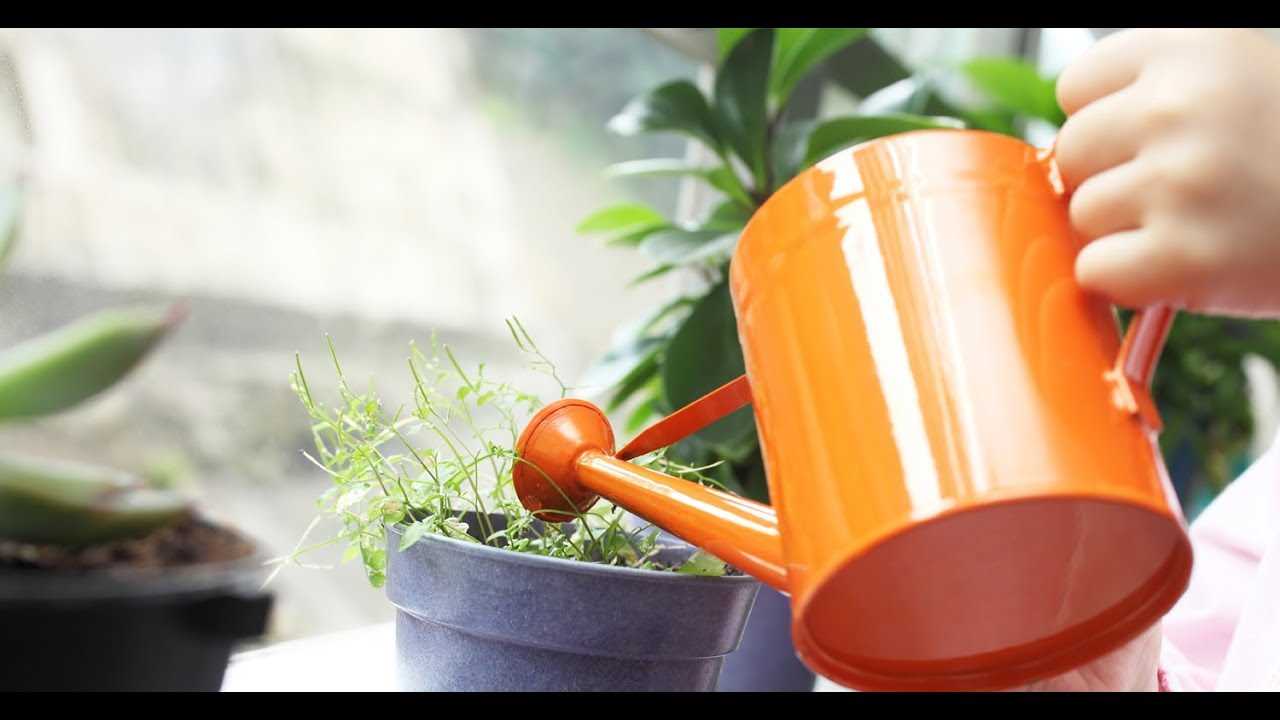
Кактусы являются идеальными растениями для зимнего сезона, так как они приспособлены к жизни в условиях низкой влажности и низкой температуры. Они должны быть содержаны в хорошо освещенном месте и поливаться умеренно. Кактусы также не требуют частого пересада, что делает их отличным выбором для тех, кто не хочет много заботиться о своих растениях зимой.
2. Фикус
Фикус, или резной фикус, также является хорошим вариантом для зимнего сезона. Он может выжить при низких температурах и низкой влажности, но нуждается в ярком освещении. Фикус также достаточно стойкий к избыточному поливу, поэтому его можно поливать реже зимой.
3. Калатея
Калатея, или пауковое дерево, предпочитает теплые условия, но может выжить и в зимний период. Она нуждается в умеренном освещении и умеренном поливе, чтобы сохранить оптимальные условия для роста. Калатея также обладает прекрасным внешним видом и может быть отличным украшением в зимней комнате.
Это некоторые из растений, которые лучше всего чувствуют себя зимой. Они обладают особенностями, которые позволяют им выживать и процветать в условиях низких температур и низкой влажности. Если у вас есть эти растения, не забывайте обеспечивать им достаточное освещение и умеренный полив, чтобы они оставались здоровыми и красивыми весь зимний сезон.
Идеальная температура для комнатных растений зимой
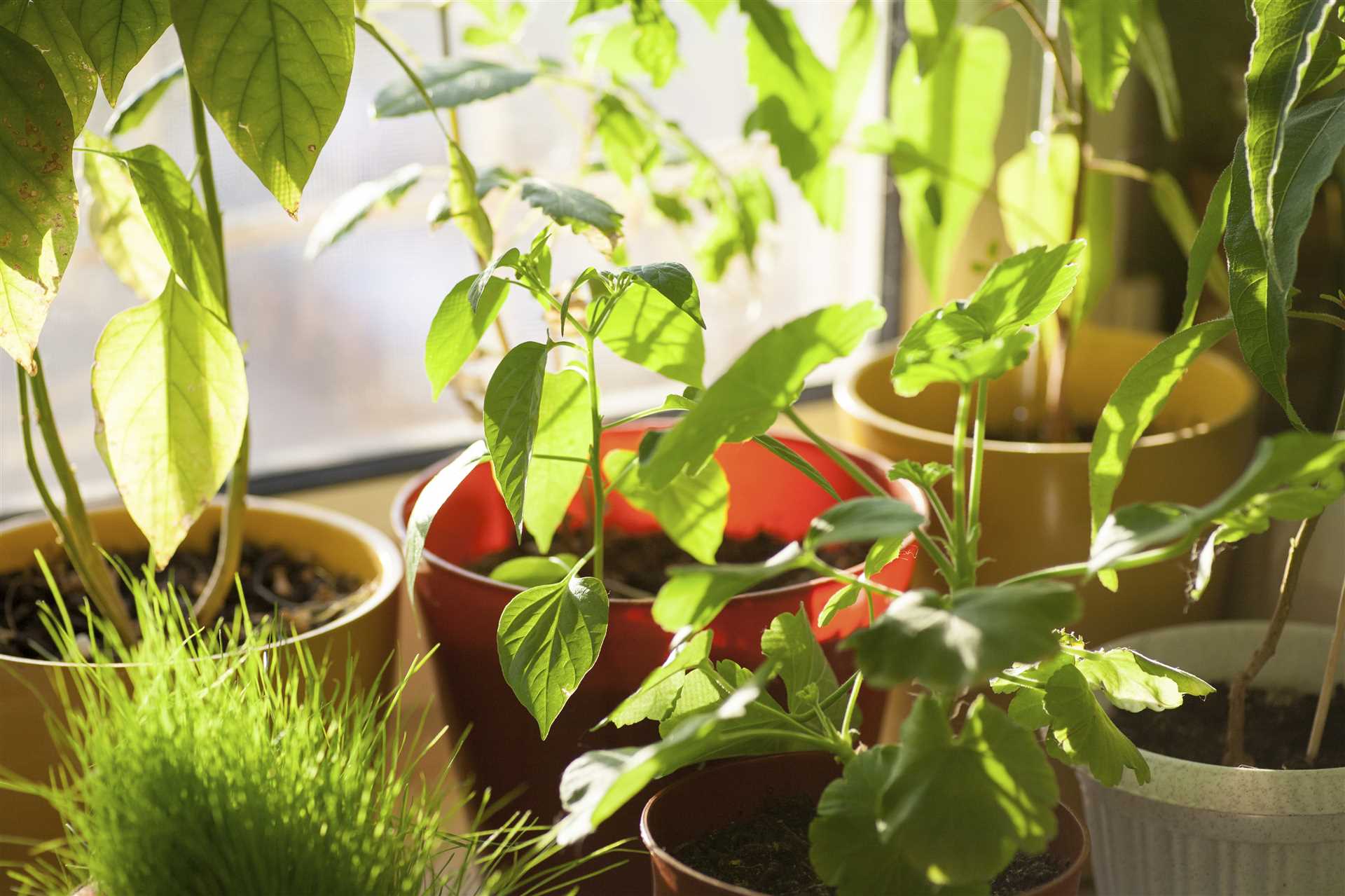
Зима — период, когда температура воздуха снижается, и это оказывает влияние на комнатные растения. Для обеспечения здоровья и роста растений важно сохранять оптимальную температуру в помещении.
Оптимальная температура воздуха:
- Для большинства комнатных растений идеальная температура зимой составляет 18-24 градуса Цельсия. Это комфортный диапазон, позволяющий растениям поддерживать хороший рост и развитие.
- Некоторые растения, такие как кактусы и суккуленты, предпочитают более сухую и прохладную среду. Для них оптимальная температура зимой может быть в диапазоне 10-16 градусов Цельсия.
- Некоторые тропические растения, такие как фикусы и пальмы, требуют более теплой среды. Для них оптимальная температура зимой составляет 20-25 градусов Цельсия.
Важно помнить:
- Избегайте резких перепадов температур и постоянных тяготений растений на место слишком близкое к отопительным приборам, окнам или дверям.
- При наличии центрального отопления в помещении следует использовать увлажнители воздуха, так как сухой воздух может негативно сказаться на здоровье растений.
- Важно регулярно проверять температуру в помещении, используя термометр, и корректировать ее при необходимости.
Следуйте рекомендациям:
- Каждое растение имеет свои особенности и требования к температурному режиму. Перед покупкой или выращиванием растения ознакомьтесь с его оптимальными условиями содержания.
- Обратите внимание на рекомендации по температуре взрослых и детских растений. Некоторые растения могут требовать разных условий в зависимости от возраста.
- При соблюдении оптимальной температуры для каждого вида комнатных растений зимой, вы создадите условия для их здорового роста и развития.
Необходимость освещения зимой
В зимнее время года количество света сокращается, что может негативно сказаться на росте и развитии комнатных растений. Подходящее освещение играет важную роль в поддержании их здоровья и декоративности.
Большинство комнатных растений предпочитают яркое, но разбросанное светлое освещение. Они нуждаются в прямом солнечном свете только в утренние или вечерние часы, так как прямые лучи после обеда могут вызвать ожоги на листьях. Важно обеспечить растениям равномерное освещение, чтобы все части растения получали достаточное количество света.
Способы обеспечения необходимого освещения:
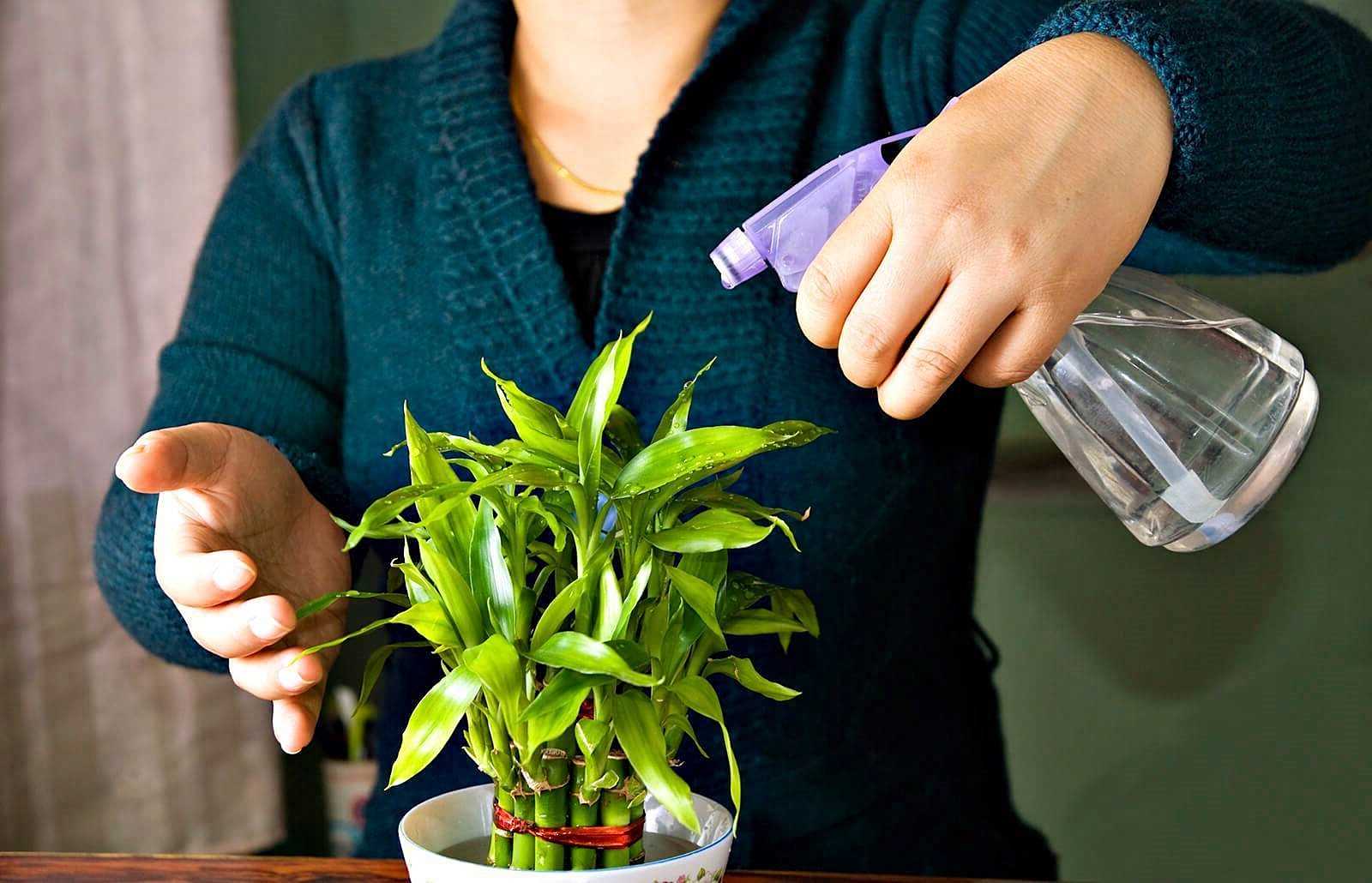
- Ближайшее окно. Один из наиболее доступных и естественных способов освещения комнатных растений зимой — это размещение их возле окна. Положение растений относительно окна влияет на интенсивность света, которую они получают.
- Искусственное освещение. Если в вашем помещении не хватает естественного света, то можно использовать искусственные источники света. Для этого можно установить специальные фитолампы или люминесцентные лампы, которые максимально приближены к естественному свету. Расстояние от растения до источника света должно быть не менее 30-50 сантиметров.
Внимательное отношение к освещению зимой поможет сохранить зеленый цвет листьев комнатных растений, их декоративность и здоровье на протяжении всего холодного сезона.
Правильный полив комнатных растений зимой
В зимнее время года особенно важно обратить особое внимание на полив комнатных растений. В связи с низкой температурой и сокращением дневного света, растения переживают период покоя, их активность снижается, а значит, и потребность в влаге уменьшается. Поэтому правильное орошение комнатных цветов зимой является основой их здоровья и красоты.
1. Умеренность
Во время зимы не стоит чрезмерно поливать комнатные растения. Они, как правило, растут медленнее и расходуют меньше воды. Плотно землю в горшке и проведенные в ней сушки помогут обеспечить внутреннюю воду для удачного зимнего выживания саженцев.
2. Учитывайте особенности разных видов растений
При поливе необходимо учитывать особенности разных видов комнатных растений. Например, кактусы и кактусоподобные растения нуждаются в более сухом режиме; суккуленты, наоборот, требуют некоторого количества влаги, но все равно, их следует поливать умеренно.
3. Регулярность полива
Зимой следует поливать комнатные растения регулярно, но в меньшем количестве. Чаще всего достаточно поливать их один или два раза в месяц, в зависимости от вида растения, температуры в помещении и влажности воздуха. Определить, когда нужно полить растение, поможет осмотр земли в горшке: если она засохла на две трети глубины, можно поливать растение.
4. Увлажнение воздуха
Помимо полива, важно обеспечить комнатным растениям достаточную влажность воздуха. Зимой воздух в помещении становится слишком сухим из-за работы отопительных приборов. Для завязывания бутона и нормального роста растений требуется определенный уровень влажности. Чтобы достичь его, можно установить воздухоувлажнители или использовать другие методы, такие как распыление воды.
Как увлажнять воздух в комнате зимой
Зимой воздух в помещениях становится особенно сухим из-за работы отопительных систем и низкой влажности на улице. Сухой воздух может негативно повлиять на здоровье и комфорт, а также на состояние комнатных растений. Чтобы поддерживать оптимальное увлажнение воздуха, рекомендуется проводить регулярные процедуры увлажнения помещения.
Использование увлажнителей воздуха
Увлажнители воздуха являются одним из наиболее эффективных способов борьбы с сухим воздухом в зимний период. Они работают на принципе испарения воды или использования ультразвука для создания ионизированного тумана. Такие устройства позволяют регулировать уровень влажности на определенном участке помещения. Важно пользоваться увлажнителями правильно, регулярно чистить их и поддерживать оптимальный уровень влажности, который составляет примерно 40-60%.
Натуральные способы увлажнения воздуха
Помимо использования специальных увлажнителей, можно воспользоваться натуральными способами увлажнения воздуха в комнате. Например, можно расставить по комнате открытые емкости с водой, которая будет испаряться со временем и увлажнять воздух. Также можно повесить на батареи мокрые полотенца или использовать осушители воздуха, которые впитывают избыточную влагу.
Кроме того, увлажнению помещения способствует систематический уход за комнатными растениями. Поливание растений в зимнее время увлажняет воздух вокруг них, однако стоит обратить внимание, чтобы земля в горшках не пересыхала и не высыхала их корни.
Так стоп!!! Вы всё ещё не подписаны на наши каналы в Телеграмм и Дзен? Посмотрите: ТГ - (@historyfantasydetectivechat) и Дзен (https://dzen.ru/myshortsstorys)
Как пересаживать комнатные растения зимой
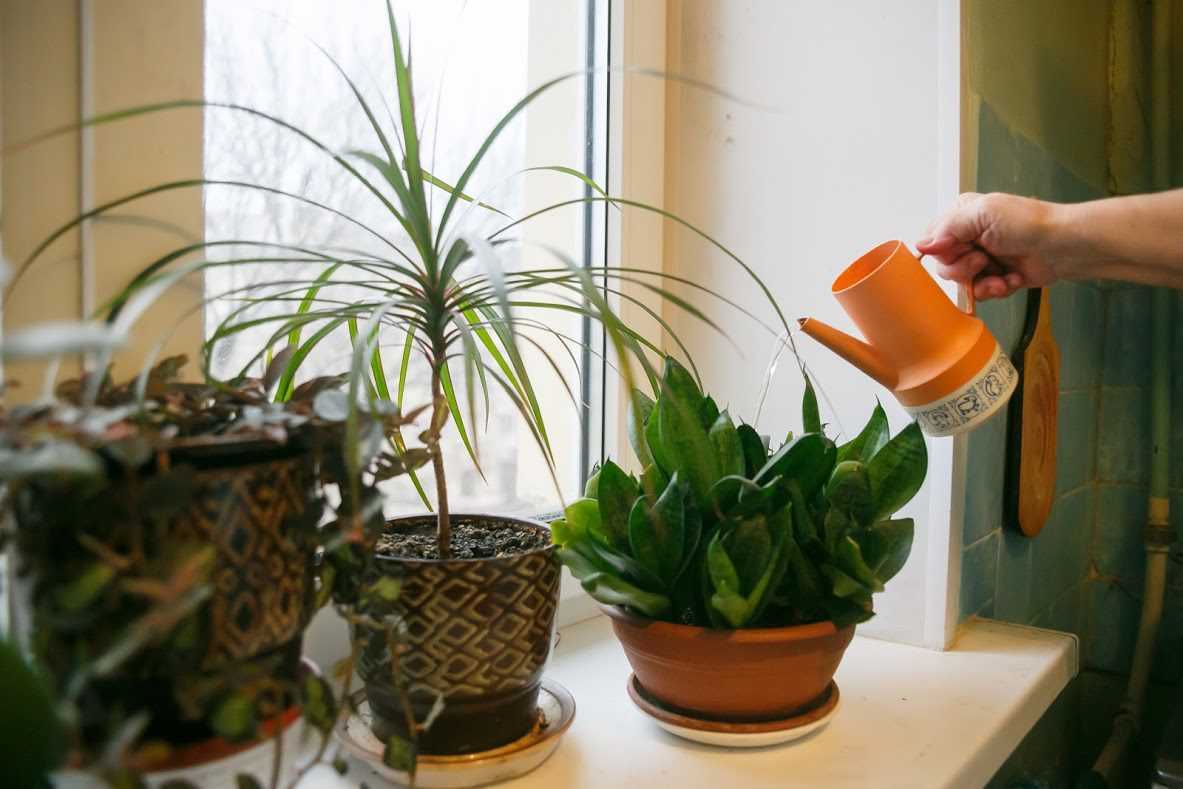
Пересадка комнатных растений зимой может быть необходимой в случае, если корневая система выросла и не помещается в текущий горшок, либо если растение нуждается в обновлении субстрата. Важно учесть, что некоторые растения категорически не рекомендуется пересаживать зимой, поэтому перед процедурой следует изучить особенности заботы о конкретном виде.
Шаг 1: Подготовьте новый горшок и субстрат
Перед началом процесса пересадки приготовьте новый горшок и необходимый субстрат. Размер нового горшка должен быть несколько больше, чем текущий, чтобы обеспечить корневой системе растения достаточно места для роста. Оптимальный субстрат для пересадки комнатных растений зимой может включать в себя смесь торфа, песка, перлита и другие компоненты, в зависимости от требований растения.
Шаг 2: Подготовьте растение к пересадке
Перед пересадкой растение нужно подготовить. Аккуратно извлеките растение из старого горшка и осмотрите его корневую систему. Если корни заплетены или имеют признаки гниения, тогда растение нужно обрезать. Осторожно удалите сухие и поврежденные корни, а затем поместите растение в новый горшок с подготовленным субстратом.
Шаг 3: Заботьтесь о растении после пересадки
После пересадки растение нужно ухаживать, чтобы оно успешно прижилось в новом горшке. Хорошо полейте растение после пересадки, чтобы обеспечить достаточное увлажнение субстрата и корней. Установите растение в месте, где оно получит достаточно света, но не окажется прямыми солнечными лучами. При необходимости проведите дополнительные процедуры по уходу за комнатным растением, такие как подкормка и опрыскивание.
Уход за листьями комнатных растений зимой
Зимой комнатные растения нуждаются в особом уходе, чтобы их листья оставались здоровыми и красивыми. Холодное и сухое зимнее воздух может негативно влиять на растения, так как они не получают достаточно влаги и света. Чтобы сохранить листья растений в хорошем состоянии, рекомендуется принять несколько мер.
Контроль влажности воздуха
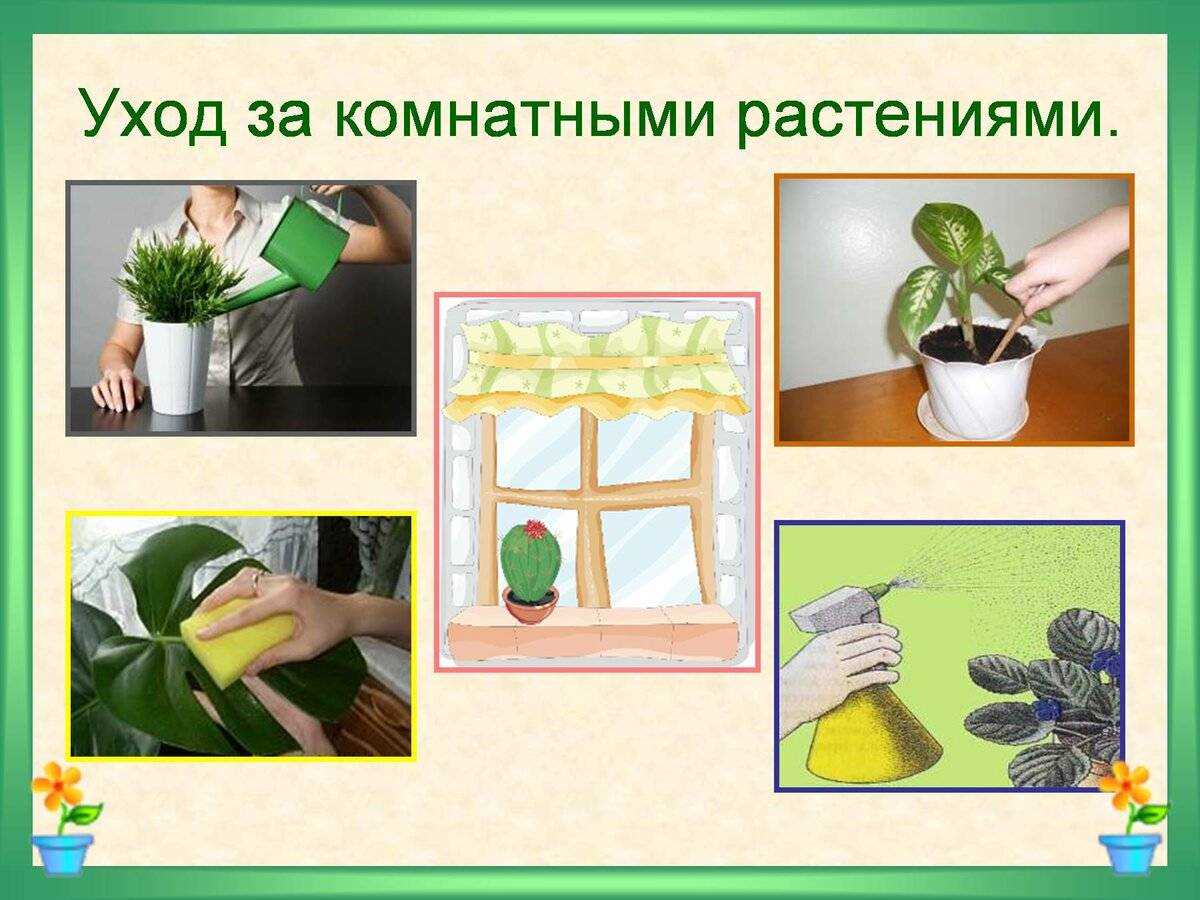
Один из основных аспектов ухода за листьями комнатных растений зимой — поддержание влажности воздуха. Используйте увлажнители или распылите воду вокруг растений, чтобы сохранить влагу и предотвратить пересушивание листьев. Также можно разместить растения ближе к друг другу — это поможет создать естественную микроклиматическую зону с повышенной влажностью.
Контроль полива
Зимой большинство комнатных растений имеют период покоя и требуют меньшего полива, в сравнении с летним периодом. Отслеживайте состояние почвы и поливайте растения только тогда, когда верхний слой почвы высох. При этом старайтесь избегать излишней влажности, так как это может привести к загниванию корней и развитию грибковых заболеваний.
Поддерживайте уровень освещения
Зимний период характеризуется недостатком естественного света, поэтому растения могут испытывать нехватку освещения. Размещайте растения возле окон, чтобы они получали максимальное количество света. При нехватке освещения можно использовать искусственное освещение, такие как светодиодные лампы или фитолампы, чтобы обеспечить растения дополнительным светом.
Такие простые меры помогут поддерживать листья комнатных растений здоровыми и красивыми в течение зимы. Помните, что каждое растение имеет свои особенности, поэтому следуйте инструкциям по уходу за каждым конкретным растением. Обратите внимание на состояние листьев и реагируйте своевременно, чтобы избежать проблем и сохранить растения здоровыми.
Как бороться с вредителями комнатных растений зимой
Все мы знаем, что зимой комнатные растения становятся особенно уязвимыми перед атакой вредителей. Из-за сниженной освещенности и повышенной влажности в помещении, вредители активно размножаются и атакуют растения.
Одним из распространенных вредителей комнатных растений зимой являются тля и паутинный клещ. Тля высасывает соки из растений, что приводит к их ослаблению и заболеваниям. Паутинный клещ, в свою очередь, покрывает растения тонкими паутинками, что препятствует их нормальному росту и развитию.
Как бороться с тлей и паутинным клещом?
- Изолируйте зараженные растения. Если у вас есть больше одного комнатного растения, необходимо изолировать зараженные экземпляры от остальных, чтобы предотвратить распространение вредителей.
- Механическое удаление вредителей. Осмотрите каждое растение и аккуратно удалите видимых вредителей, используя ватные палочки или щипцы. После этого растение можно обработать специальными препаратами.
- Применение химических средств. В аптеке или специализированных магазинах можно приобрести средства от тли и паутинного клеща. Необходимо следовать инструкции и обрабатывать растения согласно рекомендуемому режиму.
- Использование народных средств. В качестве альтернативы химическим препаратам можно использовать народные средства, например, табачный настой, раствор мыла или настой чеснока. Эти средства также помогут избавиться от вредителей.
Забота о комнатных растениях зимой особенно важна, поскольку они являются нашими зелеными друзьями и принесут уют и радость в наши дома, даже в холодное время года.
Подкормка комнатных растений зимой
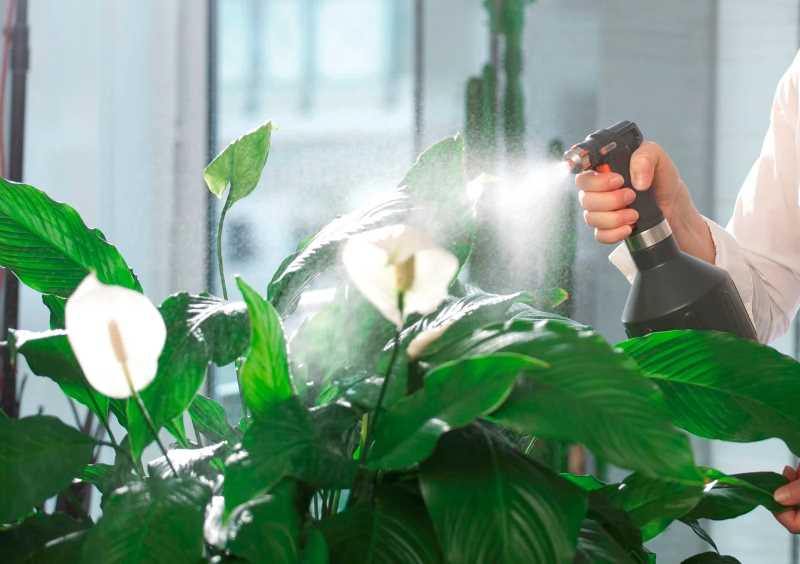
В зимнее время года комнатные растения требуют особого внимания и ухода. Одной из важных составляющих правильного ухода за растениями является их подкормка. В зимний период комнатные растения растут медленнее, и им необходимо дополнительное питание для поддержания здоровья и красоты.
Для подкормки комнатных растений зимой можно использовать специальные удобрения, которые содержат все необходимые питательные вещества. Оптимальным решением будет выбор удобрения с балансированным содержанием азота, фосфора и калия. Это поможет обеспечить растения всем необходимым и не перегрузить их избыточными элементами.
Однако, следует помнить, что в зимний период растения впадают в период покоя и требуют меньшего количества удобрений. Подкормку растений рекомендуется проводить не чаще 1 раза в месяц, соблюдая дозировку, указанную на упаковке удобрения.
Способы подкормки комнатных растений зимой:
- Внесение жидкого удобрения в почву. Для этого разведите удобрение в соответствующих пропорциях и аккуратно внесите его в горшок с растением. При этом очень важно не переборщить с удобрением, так как это может негативно сказаться на состоянии растения.
- Листовая подкормка. Этот метод подкормки заключается в опрыскивании растения раствором удобрения. Для этого разведите удобрение в воде и аккуратно опрыскайте листья растения. Такой метод позволяет растениям быстро и эффективно получить все необходимые питательные вещества.
- Использование органических удобрений. В качестве удобрений можно использовать органические компоненты, такие как перегной, компост или коровяк. Они обеспечат растениями значительное количество питательных веществ и не нанесут вреда при передозировке.
Правильная подкормка комнатных растений зимой поможет им сохранить здоровье и красоту, а также даст им необходимый заряд энергии для активного роста весной.
Профилактические меры зимнего ухода за растениями
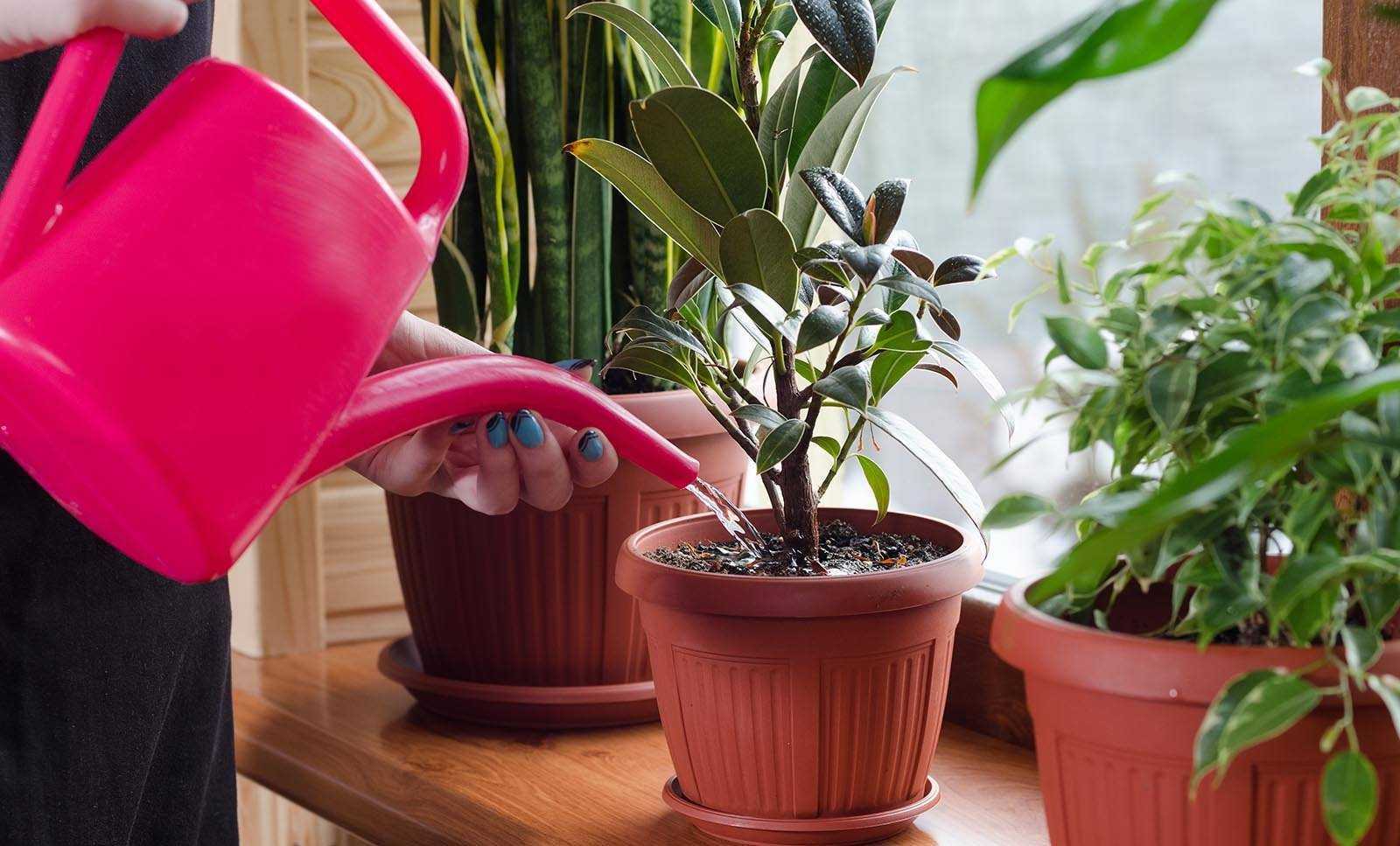
Зимой растения нуждаются в особом уходе, чтобы выжить в условиях низких температур и недостатка естественного света. Профилактические меры позволяют сохранить здоровье растений и защитить их от возможных вредителей и болезней.
Проверка и подготовка почвы
Перед наступлением зимы необходимо проверить состояние почвы у комнатных растений. Важно убедиться, что грунт не пересох и имеет хорошую влажность. Также следует убрать все остатки растений и промыть горшки для избежания возможных инфекций и распространения вредителей.
Контроль за температурой и освещением
Зимой растения нуждаются в достаточном количестве света, но при этом не должны быть подвержены перепадам температуры. Важно поддерживать постоянную температуру в комнате и обеспечить растения искусственным освещением в случае недостатка естественного света.
Регулярный полив и влажность воздуха
В зимний период растения нуждаются в умеренном поливе, так как они медленнее растут и испарение влаги снижается. Важно следить за состоянием почвы и обеспечивать растения регулярным поливом, чтобы они не пересыхали. Также стоит использовать специальные увлажнители воздуха или держать цветочные горшки на подставках с водой, чтобы поддерживать оптимальную влажность в помещении.
Проверка наличия вредителей и болезней

Профилактический осмотр растений поможет выявить наличие возможных вредителей и болезней. Важно регулярно проверять листья и стебли на наличие пятен, паутинки или других признаков проблем. В случае обнаружения вредителей или болезней, следует незамедлительно принимать меры по их уничтожению или лечению, чтобы предотвратить их распространение на другие растения.
Основные ошибки при уходе за комнатными растениями зимой
Зимой комнатные растения требуют особого внимания и ухода. Однако, существуют некоторые распространенные ошибки, которые многие совершают при заботе о своих растениях в холодное время года:
Частое поливание. Частое поливание комнатных растений зимой является одной из наиболее распространенных ошибок. В зимнее время растения растут медленнее, а почва в горшках медленнее высыхает. Поэтому, перед поливом необходимо проверить влажность почвы в горшке пальцем или специальным увлажнителем почвы. Поливать растения следует только тогда, когда почва почти полностью высохла.
Отсутствие поддержки достаточного освещения. Зимой дневное светлое время сокращается, что может привести к недостатку естественного света для комнатных растений. Растения могут страдать от недостатка освещения, что может привести к заболеваниям или даже гибели. Поэтому растениям необходимо обеспечить достаточное освещение при помощи искусственных источников света, таких как светодиодные или фитолампы.
Плохой микроклимат. Зимой воздух в помещении может быть слишком сухим из-за работы центрального отопления. Сухой воздух может негативно влиять на здоровье и развитие комнатных растений. Чтобы избежать этой ошибки, можно использовать увлажнители воздуха или расположить горшки с растениями на подставки с влажными камнями.
Перегрев растений. Центральное отопление может создавать повышенную температуру в помещении, что не всегда является оптимальным для комнатных растений. Перегрев может привести к высыханию почвы, ожогам листьев и заболеваниям растений. Чтобы избежать перегрева растений, следует размещать их подальше от источников тепла и контролировать температуру в помещении.
Отсутствие регулярного ухода. В зимний период многие забывают о регулярном уходе за комнатными растениями, что может привести к их заболеванию и ухудшению состояния. Регулярный уход включает полив, удаление отмерших листьев, подкормку и обработку от вредителей. Не забывайте о своих растениях и следите за их состоянием в течение всего зимнего периода.
Избегая этих простых ошибок, вы сможете обеспечить своим комнатным растениям зимой комфортные условия и поддержать их здоровье и красоту.
Вопрос-ответ:
Какой режим температуры и освещения нужен для комнатных растений зимой?
В зимнее время комнатные растения требуют более низкой температуры и меньшего количества света. Оптимальная температура для большинства комнатных растений в зимний период составляет около 18-22 градусов Цельсия днем и около 15-18 градусов Цельсия ночью. Освещение необходимо обеспечить растениям 8-12 часов света в день, можно использовать как искусственное освещение, так и естественные источники света.
Как правильно поливать комнатные растения зимой?
Зимой поливать комнатные растения нужно с осторожностью, так как они растут медленнее и испарение влаги у них ниже. Перед поливом необходимо проверить влажность грунта, и поливать только тогда, когда верхний слой почвы высох. Полив лучше производить утром или днем, чтобы растения имели время подсохнуть к ночи. Важно помнить, что зимой растения не нуждаются в таком же количестве воды, как летом, и переувлажнение может привести к гниению корней.

